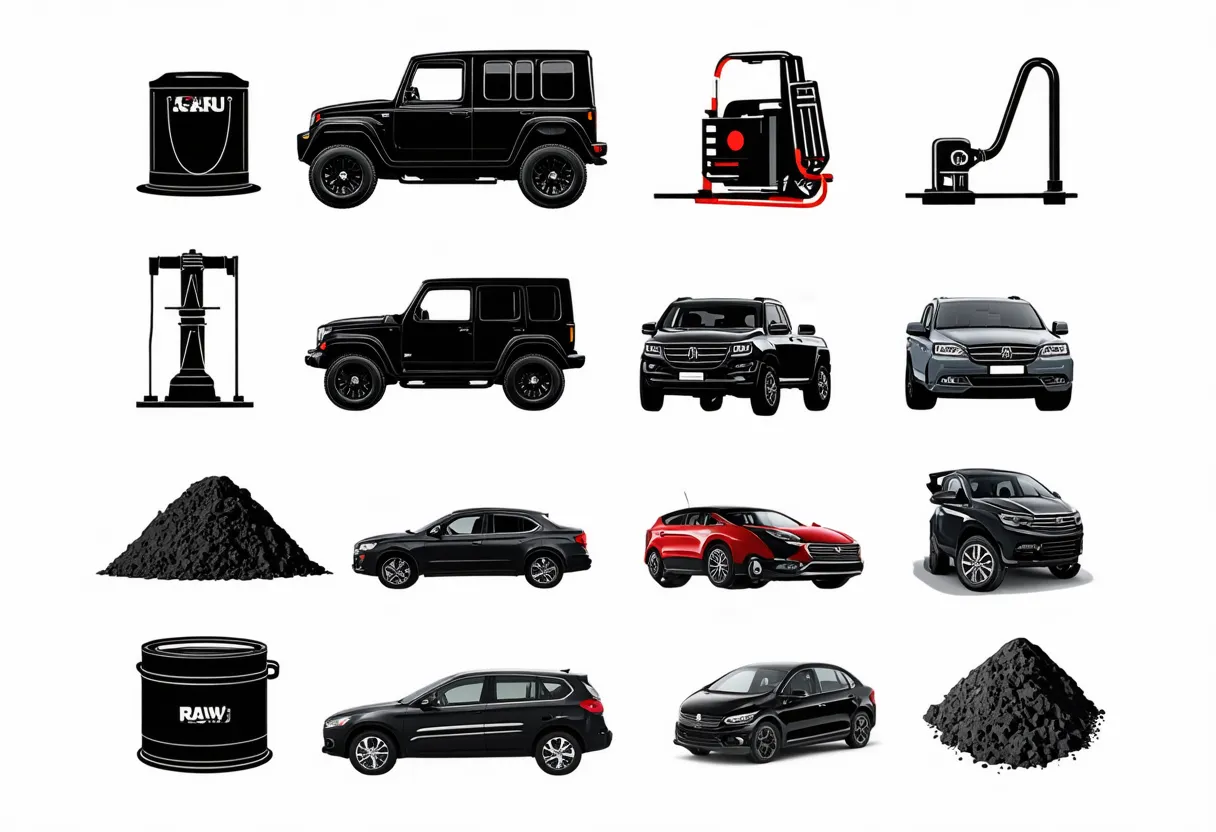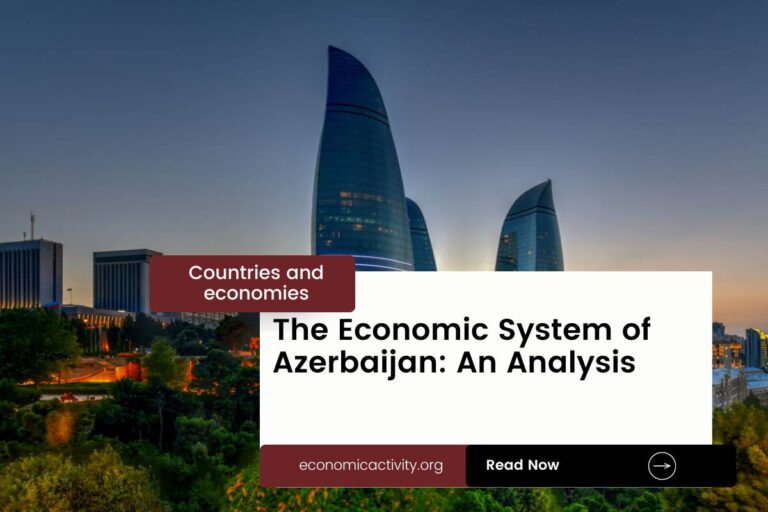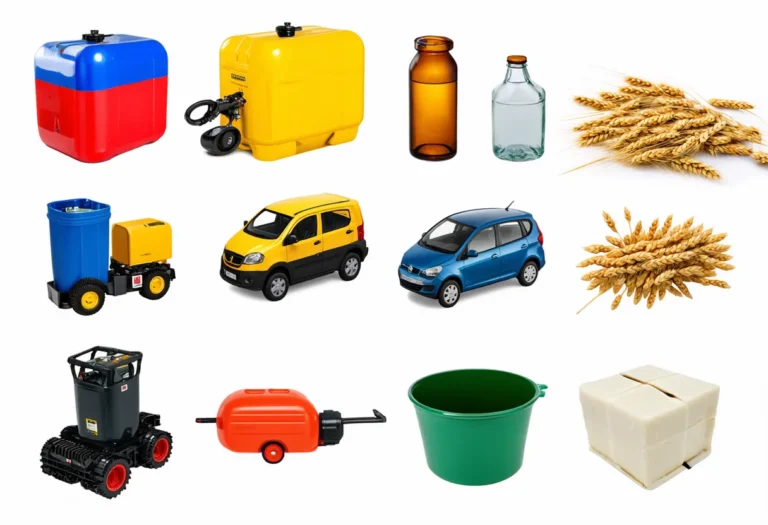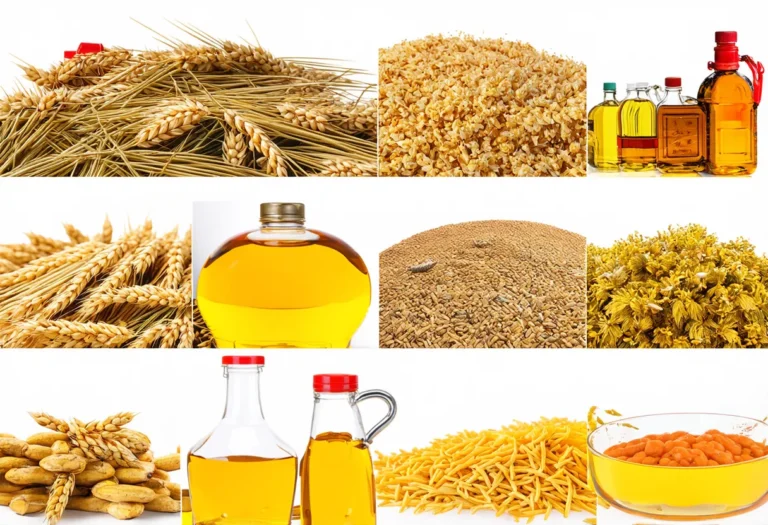Estonia, with a population of 1,348,840, is ranked 148th in the world, just behind Bahrain. Located in Northern Europe, it covers 45,340 square kilometers, ranking 123rd globally, just below Costa Rica.
Estonia’s economic position in 2022 showcases a GDP of $38,100,812,958.52, ranking it 99th globally. It falls behind Nepal, with a GDP of $40,828,247,303.53. In terms of GDP per capita, Estonia stands at $28,247.10, placing it 41st worldwide.
It lags behind Slovenia, which has a GDP per capita of $28,439.33. Estonia’s economy demonstrates steady growth and resilience, positioning it as a key player in the global market.
What are the economic activities of Estonia?
- Primary activities: 2.8% of GDP.
- Secondary activities: 29.2% of GDP.
- Tertiary activities: 68.1% of GDP.

Primary Sector of Estonia
Estonia’s primary sector, particularly its agricultural activities, thrives due to its favorable climate and abundant natural resources. With 23.08% of the country’s land dedicated to agriculture, Estonia produces a variety of crops and animal products. Its main agricultural products include wheat, milk, barley, rapeseed, oats, peas, potatoes, rye, pork, and beans.
Despite contributing 2.8% to the GDP, agriculture plays a vital role in the economy, providing a diverse range of products and sustaining rural livelihoods. The sector’s significance lies in the variety of crops and animal products it produces, highlighting the country’s agricultural diversity and resilience.
The country’s diverse geology provides a rich array of natural resources, including oil shale, peat, rare earth elements, phosphorite, clay, limestone, sand, dolomite, arable land, and sea mud. These resources drive the economy through industries such as energy production, agriculture, and construction, contributing significantly to the country’s economic development.
Secondary Sector of Estonia
What is the secondary sector or what are secondary activities?
The secondary sector encompasses industries that transform raw materials from primary activities into finished products for consumption. In Estonia, main industrial products include food, engineering, electronics, wood products, textiles, and information technology. These sectors play a crucial role in the country’s economy by producing goods for domestic consumption and export.
Manufactures play a crucial role in Estonia’s total exports, accounting for 66.06% in 2023. This highlights the significant contribution of the manufacturing sector to the country’s economy and global trade.
Tertiary sector of Estonia
What is the tertiary sector or what are tertiary activities?
The tertiary sector in Estonia focuses on providing intangible goods and services to enhance productivity and meet needs. Key activities include restaurants, healthcare, education, banking, communication, media production, and tourism. These services play a vital role in the country’s economy by offering expertise and support to both consumers and businesses.
Of particular importance, Estonia’s economy greatly benefits from tourism, contributing significantly to its GDP. With over 6 million annual arrivals and a tourist-to-population ratio of 4.5, popular destinations like the medieval Old Town of Tallinn and the idyllic islands of Saaremaa and Hiiumaa attract visitors from around the world, boosting employment and revenue streams.
Another example of tertiary economic activity is the mobile cellular sector, with over 2 million subscriptions, equating to 155 per 100 inhabitants. This connectivity fosters technological growth, enhancing innovation and digital services.
Military Activities and Economic Sectors of Estonia
The military is a clear example of how different economic activities work together. In the primary sector, resources are extracted for military use, like metals for weapons. The secondary sector includes the manufacturing of military equipment, such as vehicles and weapons. The tertiary sector involves services provided by the military, like training and logistics. Research and development in the quaternary sector helps create new technologies, while high-level decision making in the quinary sector shapes military strategy.
In Estonia, the most recent annual military expenditure is $1,189.5 million. This spending is about 2.08% of the country’s GDP. The active military force consists of 7,100 personnel. This means there are about 19.8 active military members for every 1,000 people in the country.
Biggest company in Estonia
Which is the biggest company in Estonia? It’s Enefit Green, with a market value of 1.1 billion USD. Founded in 2008, this company operates in the energy industry, focusing on renewable energy sources. Enefit Green plays a key role in Estonia’s primary economic sector.
International Trade of Estonia
Import Activities of Estonia

Estonia’s high import activities, accounting for 86.07% of GDP, are crucial for meeting domestic demand and driving economic growth.
Estonia’s key import partners include Finland, Germany, Lithuania, Latvia, and Russia. The country primarily imports refined petroleum, cars, electricity, natural gas, and coal tar oil.
Exports Activities of Estonia

Estonia’s total exports in 2023 amounted to 201.08 billion euros, accounting for a high percentage of 85.5% of its GDP. This indicates the critical importance of export activities to the country’s economy.
Estonia’s export activities are diverse, with key partners like Finland, Latvia, and Sweden. The country primarily exports electricity, broadcasting equipment, refined petroleum, wood, and coal tar oil, with significant trade volumes to its neighboring countries and Russia.
Estonia economy challenges in 2024
Estonia faces economic challenges in 2024 due to inflation, trade disruptions from the Ukraine war, and decreased intra-EU trade. Recovery hinges on boosting private investment and productivity to counter the downturn in the service-based economy.




Leave a Reply